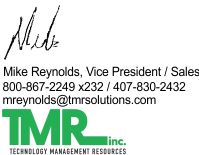
Payment Processing Update
Year End 2025
Could Lockbox really have 9 Lives?
We all know the “9 Lives” story. Over the years many organizations and products have received this accolade. My vote for 2025 is Lockbox!
Yes, Lockbox that 20th century payment product. It is alive and thriving still in the 21st century, which is a testament to its resilience in the payments landscape for nine decades. Originally created for the RCA corporation in the 1940’s as a corporate deposit service (check payments), it has had a remarkable run.
Especially since the demise of the check was predicted starting in the 1970’s. A “checkless society” is still a ways off. Multiple, newer payment channels has not killed the check or lockbox!
Fast forward to today. We know there has been a substantial decline in consumer check payments and with the emphasis on electronic payment options, faster payments/RTP initiatives B2B check payments should be a victim too. The reality is this has not happened as quickly. Check payment usage in the B2B space continues to persist (and in fact increased in 2025 according to a recent AFP report). Lockbox and its companion technology integrated receivables have become more valuable in the payment ecosystem for B2B clients.
So for fun, let’s take a “9 Lives of Lockbox” walk down the payments memory lane!
The “9 Lives of Lockbox”
1. 1940’s - Lockbox is created for the RCA Corporation as a corporate deposit service for B2B check payments.
2. 1960’s - With the introduction of commercial copiers in the early 1960’s (Xerox 714), checks could more easily be reproduced (copies) and returned with original business documents to B2B clients supporting the A/R posting process. Early version of Wholesale Lockbox.
3. 1970’s - The 1970’s saw the introduction of departmental proof machines in lockbox to improve deposit processing efficiency.
4. 1970’s - The integration of OCR technology with proof machines revolutionized retail lockbox by automating capture/delivery of account data (scannable coupons) and check information (MICR)
5. 1980’s - Low cost PC/network computers in the 1980’s greatly improves operational efficiency and processing flexibility, especially for data entry.
6. 1990’s - Affordable departmental check imaging technology (think NCR 7780/Unisys DP500) dramatically improves retail and wholesale lockbox deposit processing efficiency. Eliminates check photocopies in wholesale lockbox.
7. 2000’s - Improvement in recognition rates and cost, ICR technology improves data entry productivity (wholesale lockbox) and accuracy especially in industries such as healthcare and public sector.
8. 2000’s – Proliferation of internet/web access provides a transformational technology for lockbox by allowing the delivery of data and images directly to corporate clients by end-of-day. Greatly improving the receivables processing cycle and customer service activities.
9. 2025 - Integrated receivables solutions and consolidated payment data delivery (check & electronic) elevates lockbox to a key receivables management tool for B2B treasury clients. And a powerful bank/treasury product for driving deposit and fee income growth.
Still Delivering Value
Lockbox continues to deliver its “9 Lives” value to help financial institutions navigate evolving payments challenges by providing a “data bridge” between check and electronic payment channels resulting in improved straight-through processing options for all businesses.
Today, 120 community/regional banks from DeNovo to $50+ Billion in assets are using CITATION™ i-Remit to compete with any size financial institution or FinTech company to grow its treasury business.
Let's talk about how TMR's CITATION™ i-Remit lockbox/payment processing solutions will help position your financial institution to meet financial managers’ demands for payment solutions.
Contact me anytime at 800-867-2249, ext 232, or send an email to learn more or schedule a call.
And from everyone at TMR, have a healthy and enjoyable Holiday Season and a successful year-end.
Mike is a senior sales/management professional. His in-depth knowledge of payment processing markets, lockbox operations, e-payment solutions and integrated receivables reporting is highly regarded in the banking industry.

